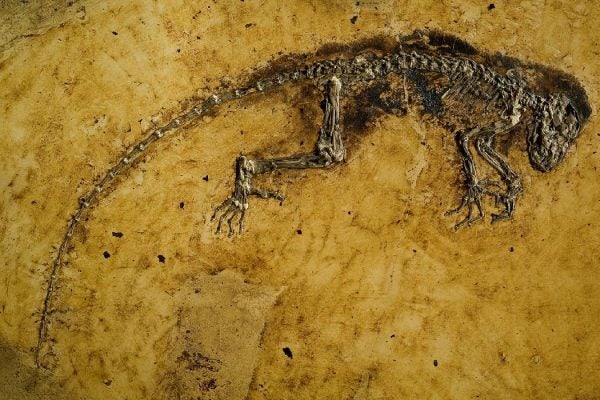
Viviane Callier
Viviane Callier is a freelance science writer and a contractor at the National Cancer Institute. She was a Churchill Scholar at Cambridge University, where she studied early tetrapod fossils, and then earned her Ph.D. in insect physiology at Duke University, where she studied body size regulation in tobacco hornworms. You can follow her on Twitter @vcallier and see more of her work on her website.

